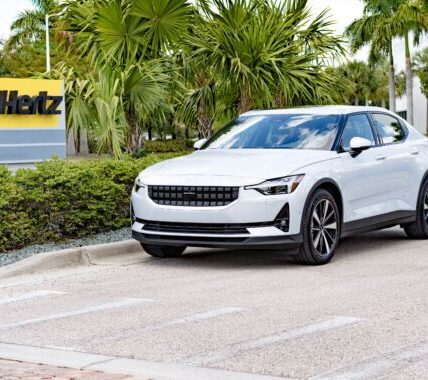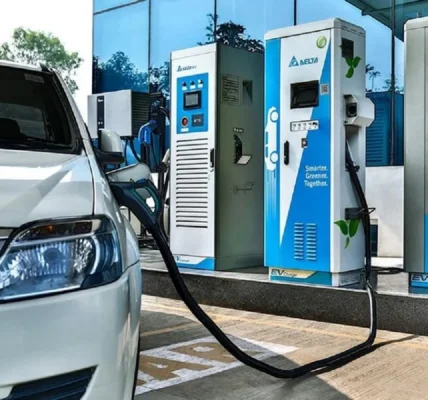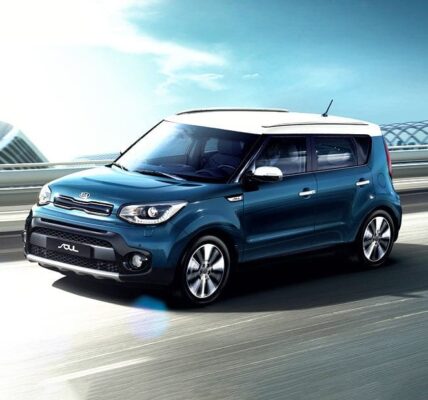If there’s one big problem with electric vehicles, it’s that they’re big and expensive.
For a lot of people, the only EVs they can afford are used and clean — but those usually cost just as much as the cheapest new gas-powered cars. Sadly, this stops many low-income individuals from being able to own an EV car, both in America and globally.
EVs are also getting bigger. Some environmentalists and urban planners point out the popularity of electric SUVs and claim that we’re seeing Jevon’s Paradox at work (more efficiency leading to more consumption), but there are some serious holes in the general applicability of that theory, and it could be that the EV market is just sucking in people who already liked ICE crossovers and wouldn’t buy a small EV. Either way, the size of vehicles can be a problem on their own.
Micromobility provides another option, but it comes with a drawback. Because these smaller vehicles use much smaller and cheaper battery packs, even less wealthy countries can now afford electric transport. We’re already seeing that play out outside of the US and Europe.
However, there is a significant downside to bikes and motorcycles that are electric: they’re exposed to the elements. This hasn’t stopped people in many countries from using them because they’re so useful and riders can wear raincoats. I witnessed this first-hand when I was in Taiwan. Most Americans wouldn’t dare ride a motorcycle or bike if it means being caught out in the pouring rain though. Even people who commute by bike on days with fair weather would rather use a car during cold or inclement days whereas those conditions don’t seem to bother citizens of other countries as much.
Although, there is a middle ground that has become increasingly popular in China — miniature EVs. Smaller than regular EVs, and more in line with electric motorcycles or e-bikes in terms of battery size and power, these miniature vehicles often have a low speed limit (under 30 MPH) like mopeds. However, they provide the driver with most of the benefits regarding comfort and protection one would find while driving a normal sized car, making them much more appealing to consumers.
As useful as these vehicles can be, they aren’t a Chinese invention. French manufacturer Renault has been at this game for a while, with the Renault Twizy dating back a decade. So, it’s not a big shocker that Renault would keep this tradition not only alive, but thriving with a new tandem two-seater, but with the stability of four wheels just like the Twizy. Add some important interior upgrades (and a fun design), easy and very inclusive lease deals, and you end up with one of the most environmentally friendly EVs that could prove to be a big hit in Europe.







